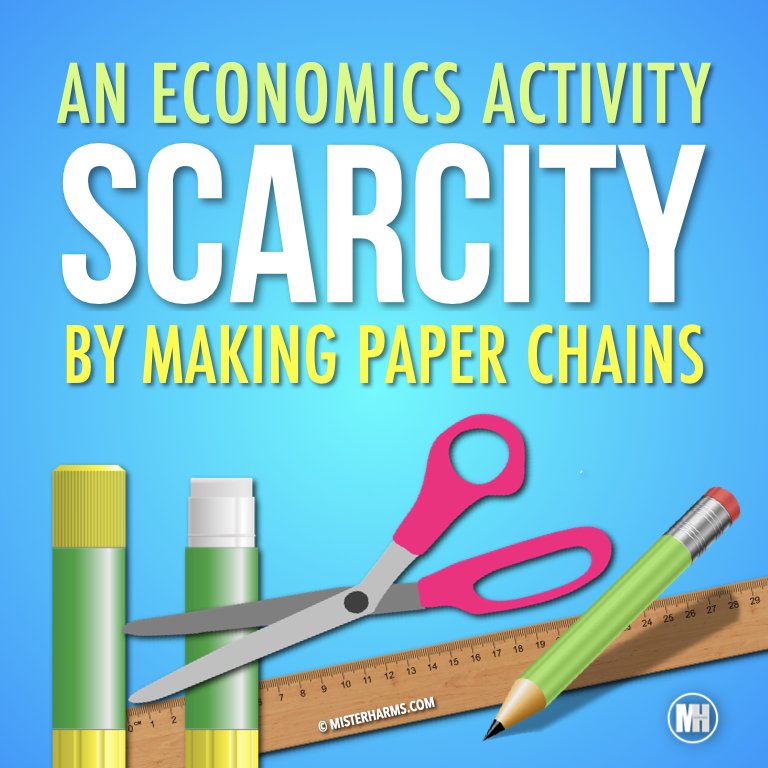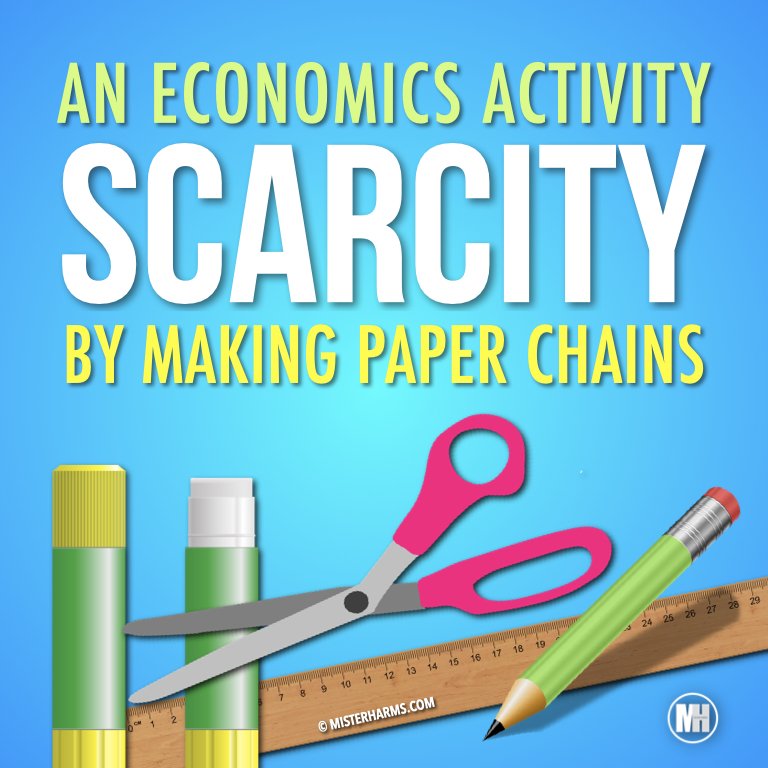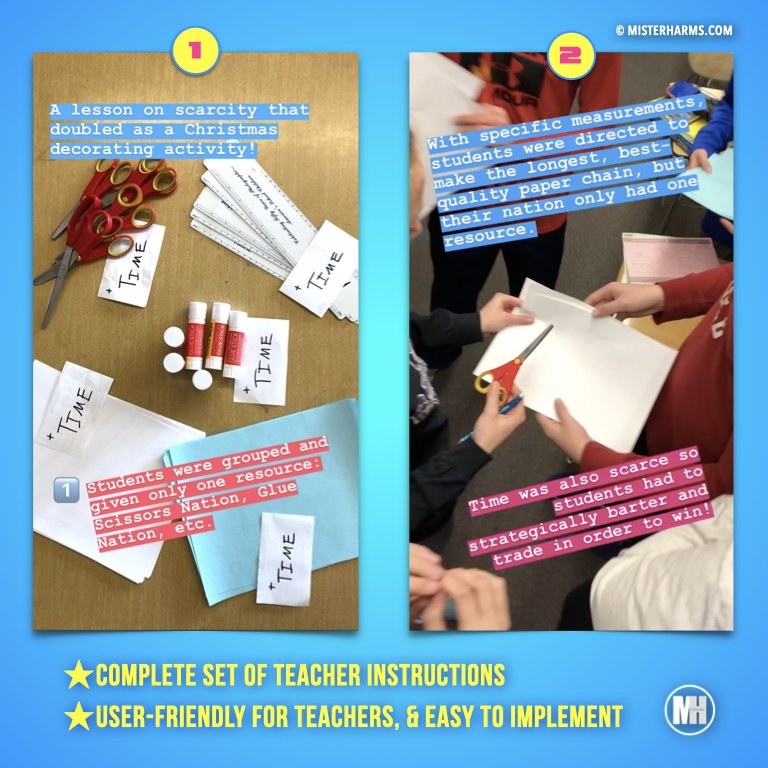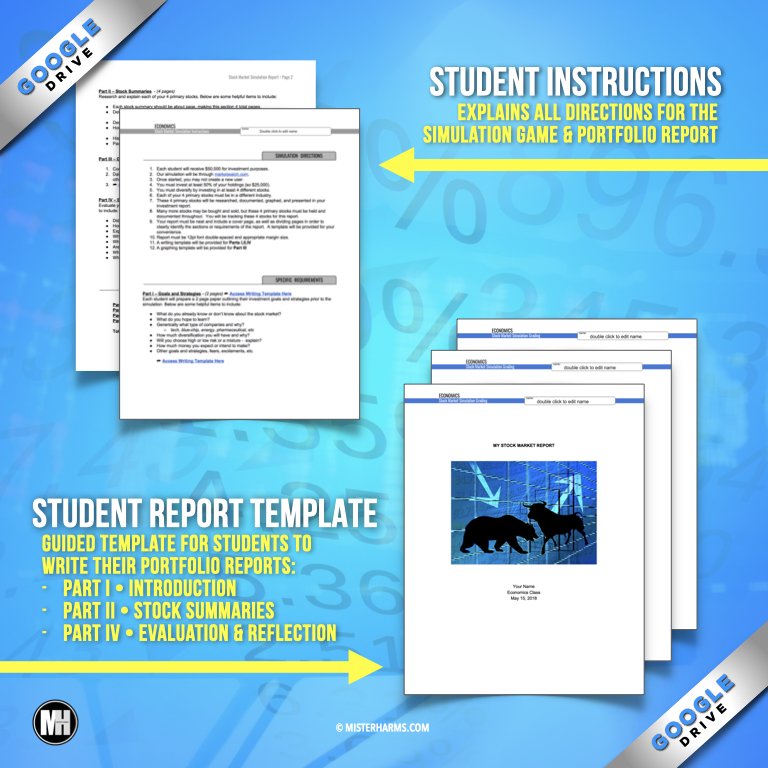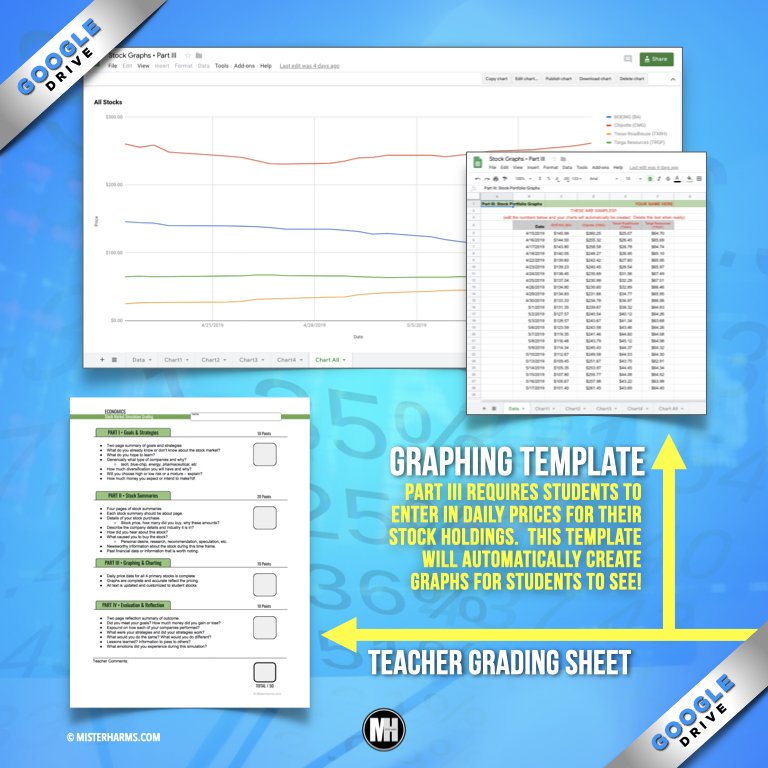Fostering Economic Minds: Creative Classroom Lessons on Scarcity
In the realm of education, the importance of equipping students with practical economic knowledge cannot be overstated. Unlocking the mysteries of economics starts with understanding scarcity. In this blog post, we'll explore the enriching world of teaching economics in the classroom, shedding light on creative lessons that center around the concept of scarcity. Discover how these lessons go beyond theory, providing students with practical insights and skills crucial for navigating the complexities of the economic landscape.
1. The Cupcake Conundrum: Hands-On Resource Allocation Lesson
Transform the concept of scarcity into a tangible experience with the "Cupcake Conundrum” discussion. Begin by dividing your class in half with one group being sellers (supply) and the second group being buyers (demand). Present one cupcake (or some other tasty treat) to each seller creating a limited, scarce supply.
In an orderly fashion, allow the buyers to discuss various needs and wants that consumers would have in their demand for cupcakes. Students will surely enjoy the opportunity to convince their peers of all the reasons they might need a cupcake!
Allow time for sellers to share what they would want in order to give up their precious cupcake commodity. Have a group discussion and list these points as well.
After all discussion points have been made, prompt students to answer a variety of questions such as: Why are the cupcakes desired? Why do they have value? How does scarcity affect the market? What trade-offs would need to be made? What opportunity costs might each side experience?
Challenge buyers and sellers to now allocate their cupcakes based on their perceived value and the trade-offs they are willing to make. It could get crazy, but a free market can be fun!If all goes well, both buyers and sellers will be happy!However, since your classroom is not quite a perfectly competitive market structure, you may just want to reveal a secret plate of cupcakes at the end so everyone can come away indulged in confectionary glee!
This hands-on lesson prompts lively discussions about scarcity, choices, and opportunity costs, fostering a deep understanding of economic decision-making.
2. DIY scarcity Simulation: A Classroom Experiment Using paper chains
Craft a do-it-yourself supply and demand simulation to vividly illustrate the concept of scarcity. One of my favorite economic activities is Learning Scarcity by Making Paper Chains.
Students will be split into groups and each group will become a nation that only has one limited resource. For example: green paper nation, red paper nation, ruler nation, scissors nation, glue nation, etc.
At the start, each nation begins with their one scarce resource. When time begins, nations trade with each other in order to create their own paper-chain as described in the given amount time. Students then compete and race to compete the longest, best-quality chain!
Your class will definitely enjoy this activity on scarcity as they experience having unlimited wants with limited resources! Even better, you will get some paper chains as classroom decorations for Christmas! If it's not Christmas season, switch up the colors of paper and make this a decorating activity for any upcoming holiday! All necessary details and directions are included in the Scarcity Activity Using Paper Chains download!
This hands-on experiment immerses students in the real-world implications of scarcity, reinforcing the delicate balance between supply, demand, and limited resources. Students also get to learn the basics of economics by becoming producers and consumers of a limited resource.
“This was a perfect activity to introduce the concepts. My students were very engaged and excited to be in Econ class. They asked if we could do it again during a different holiday, they want to try a different strategy.”
3. Classroom Auction: Interactive Resource Allocation Simulation
Turn your classroom into an economic marketplace with a scarcity-focused auction. Assign students a set amount of classroom currency and showcase a variety of desirable items. Allow students to bid, competing for limited resources. This interactive simulation not only reinforces the concept of scarcity but also hones negotiation skills and budgeting strategies. Debrief the auction to discuss the impact of scarcity on individual choices and the economy at large.
4. Virtual Stock Market Game: Digital Insights into Scarcity and Investment
Bring economics into the digital realm with a virtual stock market game. After years of trial and error, I have crafted a user-friendly Stock Market Simulation Activity that is practical for students and easy to grade for teachers.
This virtual stock market game provides students with a set amount of dollars to invest in real company stocks that are found on the NYSE. As the game tracks actual prices, students are able to buy and sell stock at any time and also see their ranking among their classmates. The gamification of watching the stock market makes for a fun and engaging tool for learning about investing. Not only does this acticity provide directions for play, but a series of reports and reflections are included for students to complete for assessment purposes.
By engaging in this virtual lesson, students witness the impact of scarcity on stock prices and experience the dynamics of resource allocation in a market setting. As they navigate the virtual stock market, students gain practical insights into the complexities of scarcity and decision-making in a dynamic economic environment.
5. The Great Escape Room Challenge: Scarcity Under Pressure
Transform scarcity into an exciting escape room challenge. Create scenarios where students must solve economic puzzles and make decisions under the pressure of limited resources. Each puzzle should highlight different aspects of scarcity, requiring collaboration, critical thinking, and strategic planning. This lesson not only makes scarcity tangible but also fosters teamwork and problem-solving skills in an engaging and memorable way.
Conclusion: Shaping Informed Decision-Makers
Teaching economics with a focus on scarcity goes beyond textbooks, providing students with practical skills essential for their future. These creative lessons cultivate critical thinking, decision-making, and resource allocation, preparing students to navigate the intricate economic landscape they will encounter. As educators, embracing these lessons lays the groundwork for a generation equipped to make informed, responsible, and resourceful decisions. In understanding the profound implications of scarcity, students are not just learning about economics; they are preparing to be active participants in shaping a future where intelligent and informed decision-makers are indispensable.
I love all of these lessons for various reasons, and I know you will too. How about you? Have you used these ideas in your classroom? What other creative ideas do you like to incorporate as you learn about scarcity and economics? Drop your advice in the comments below or contact me! I’d love to hear from you!
If you’d like to receive more classroom ideas and thoughts from Mister Harms, join my classroom for email updates. I’ll even throw in a free resource for you!
